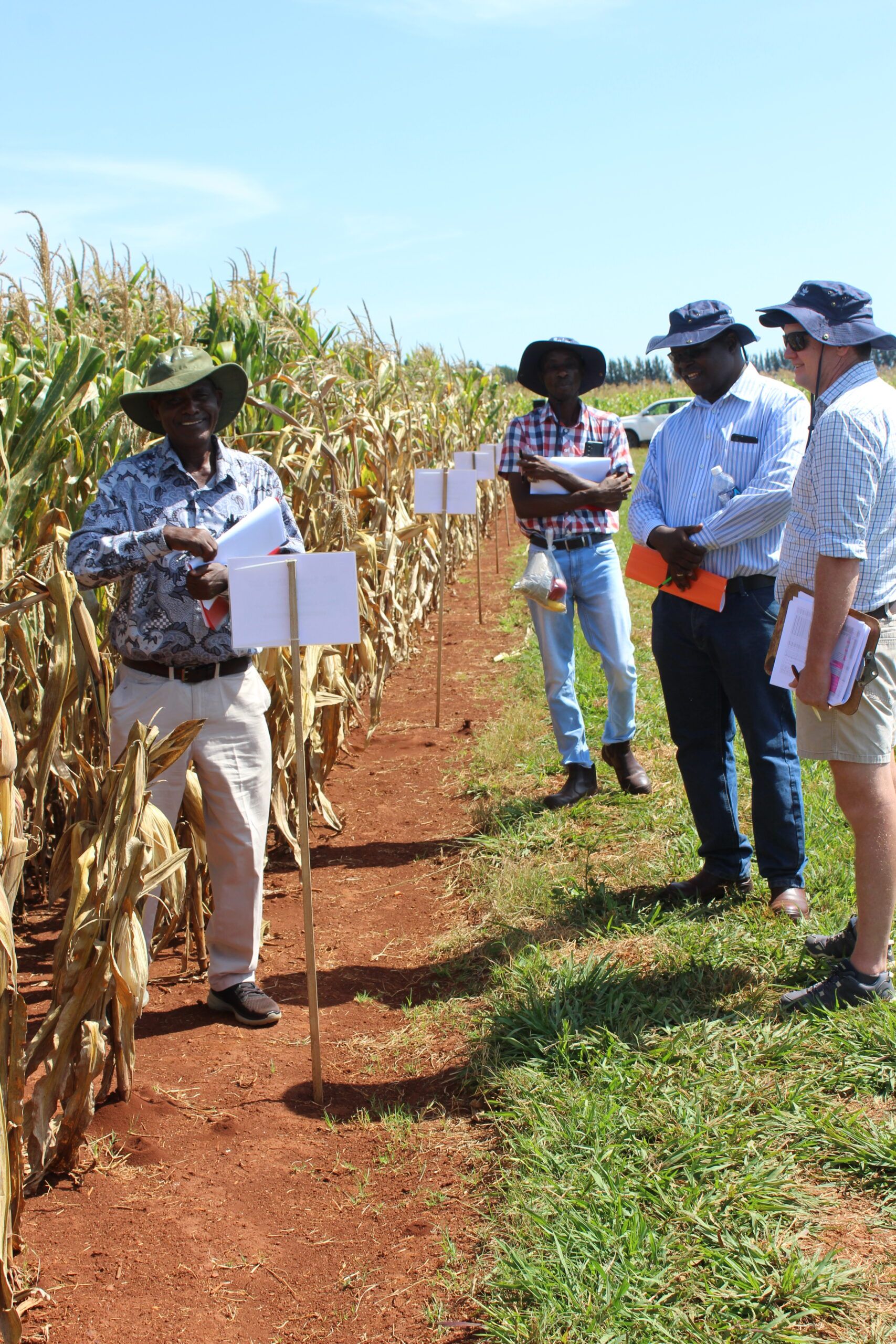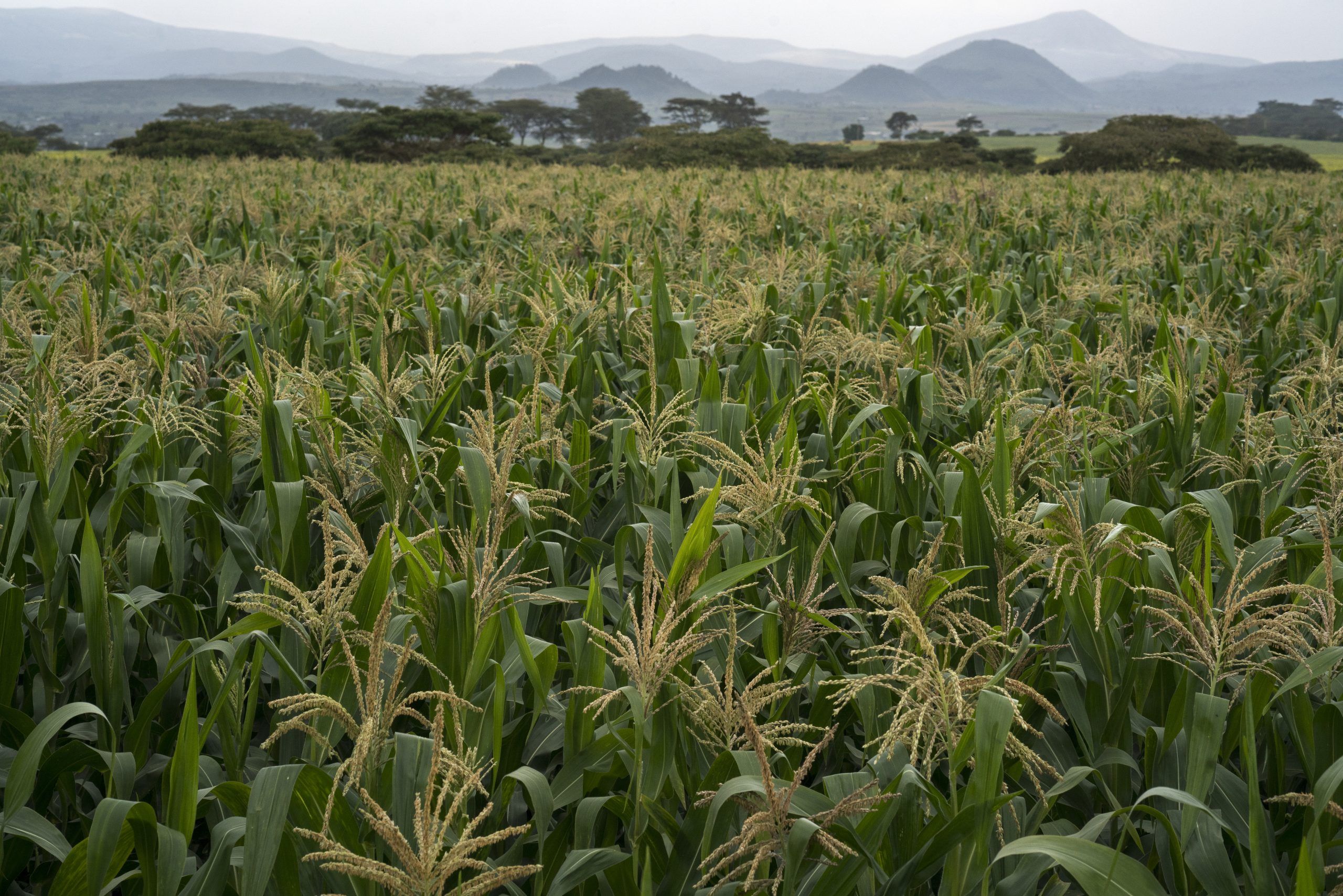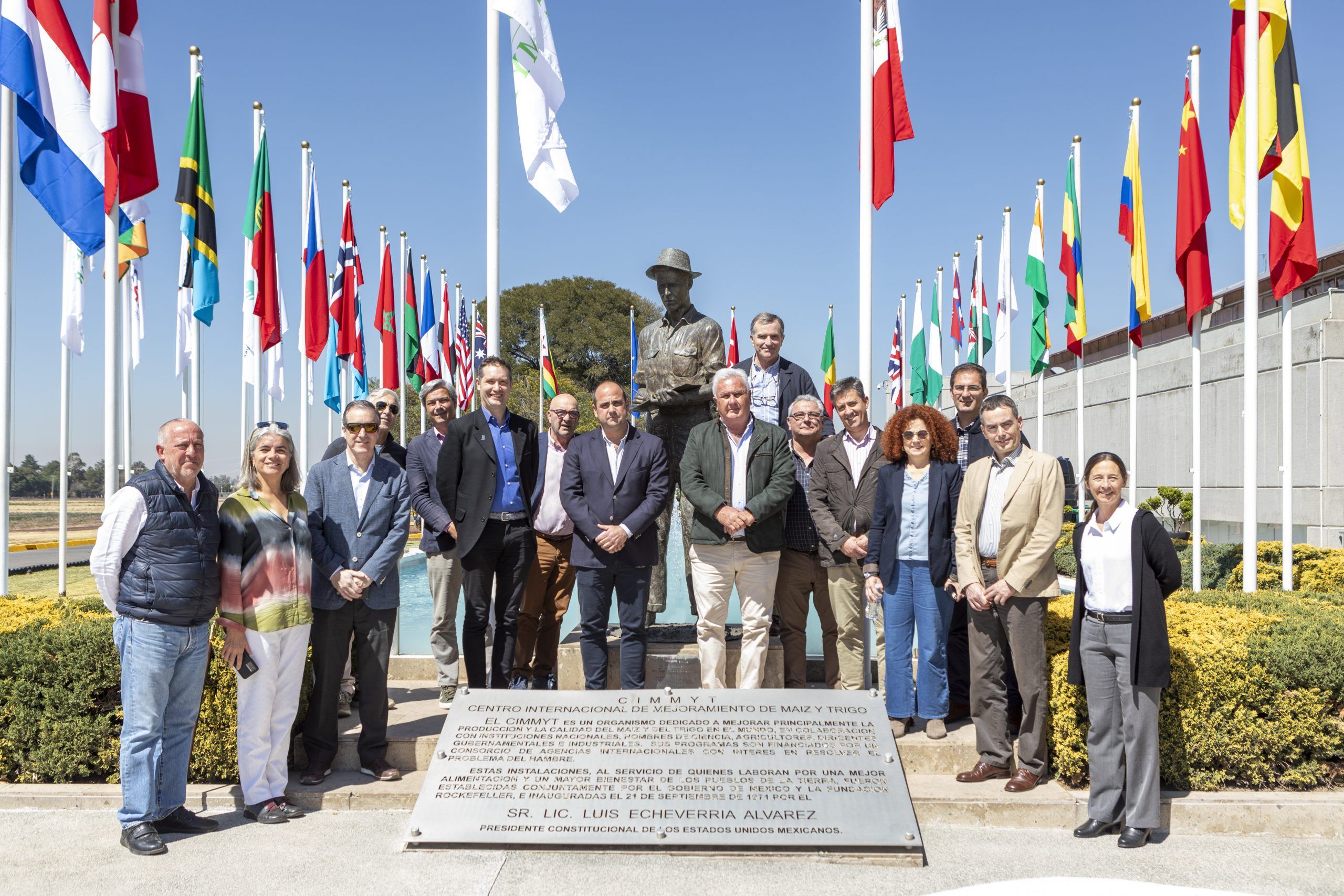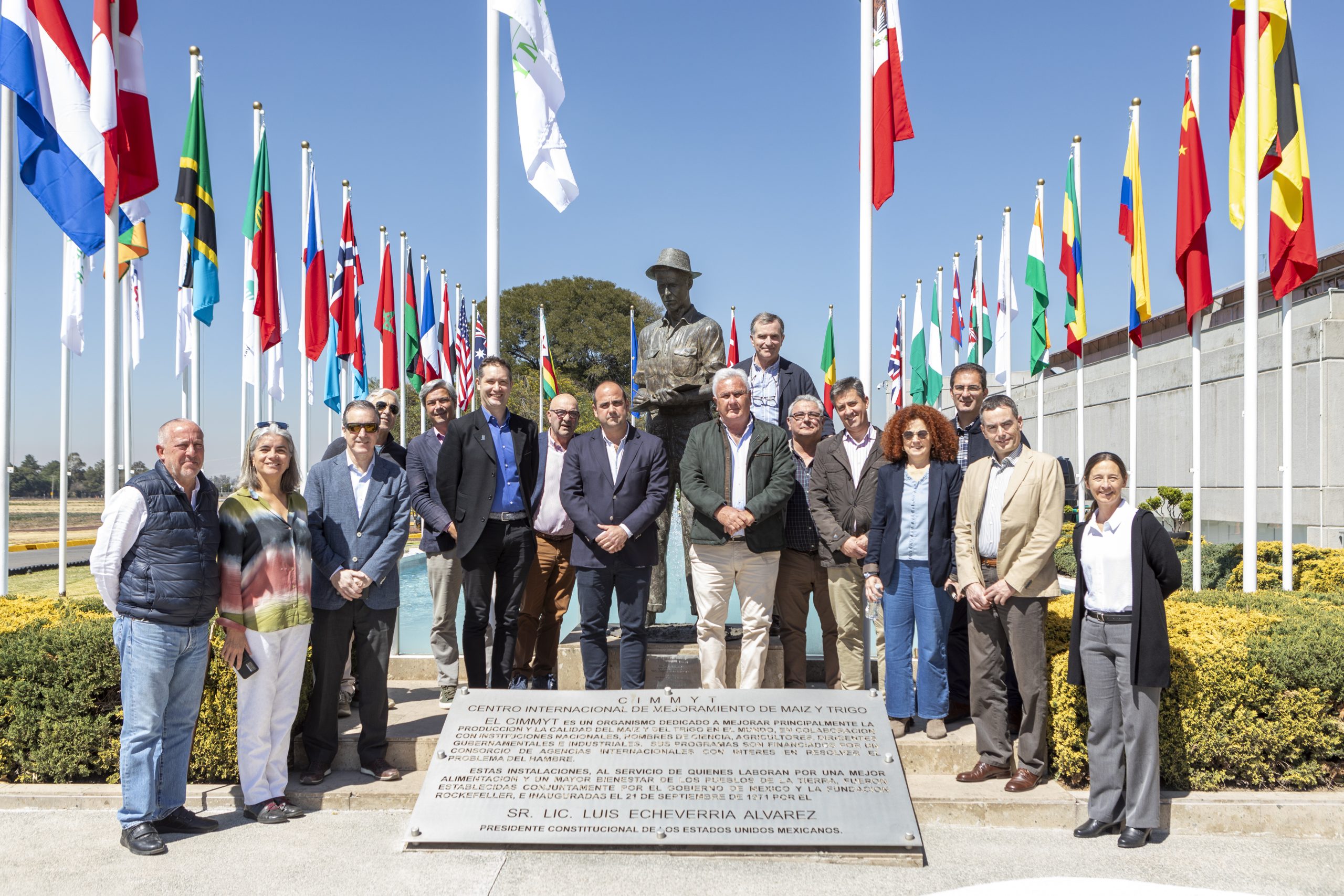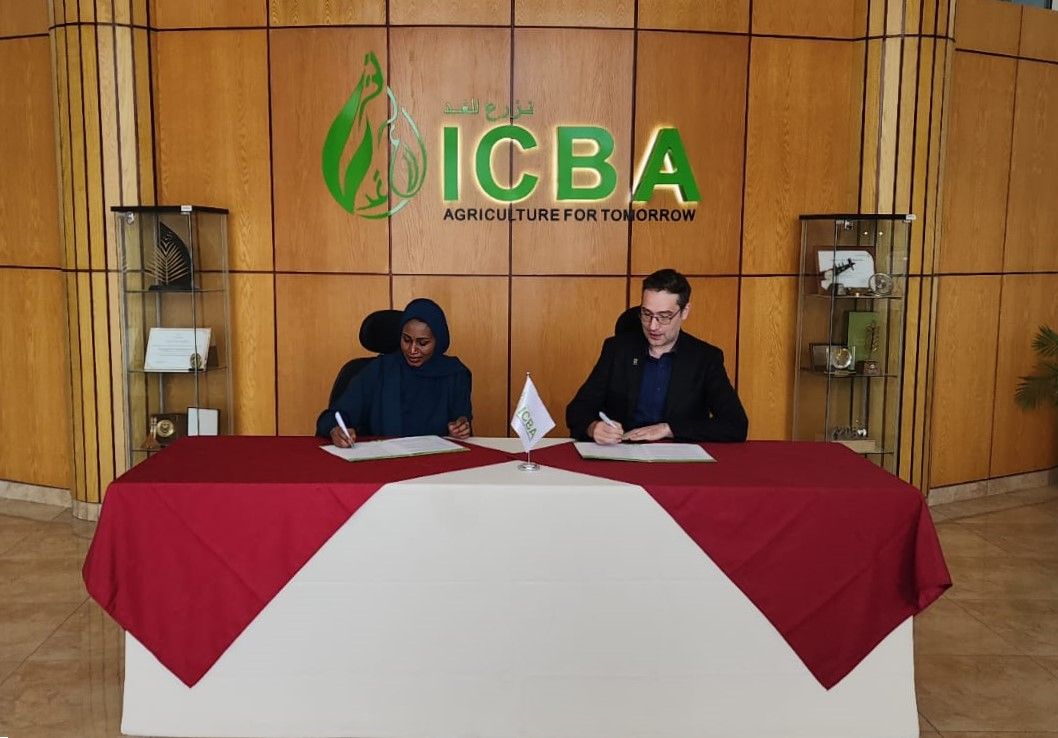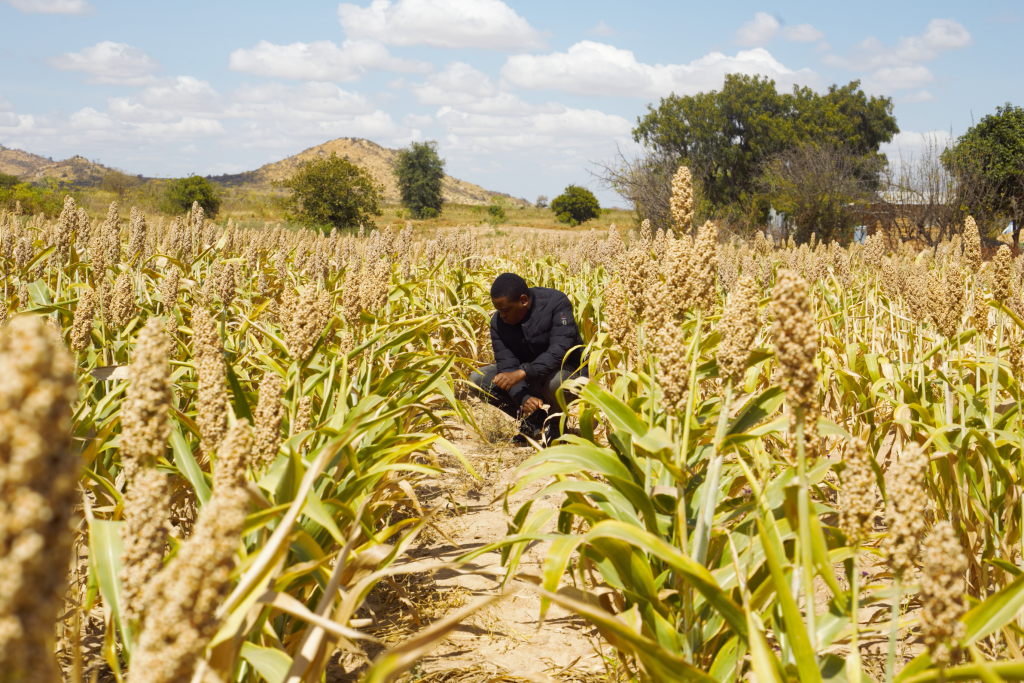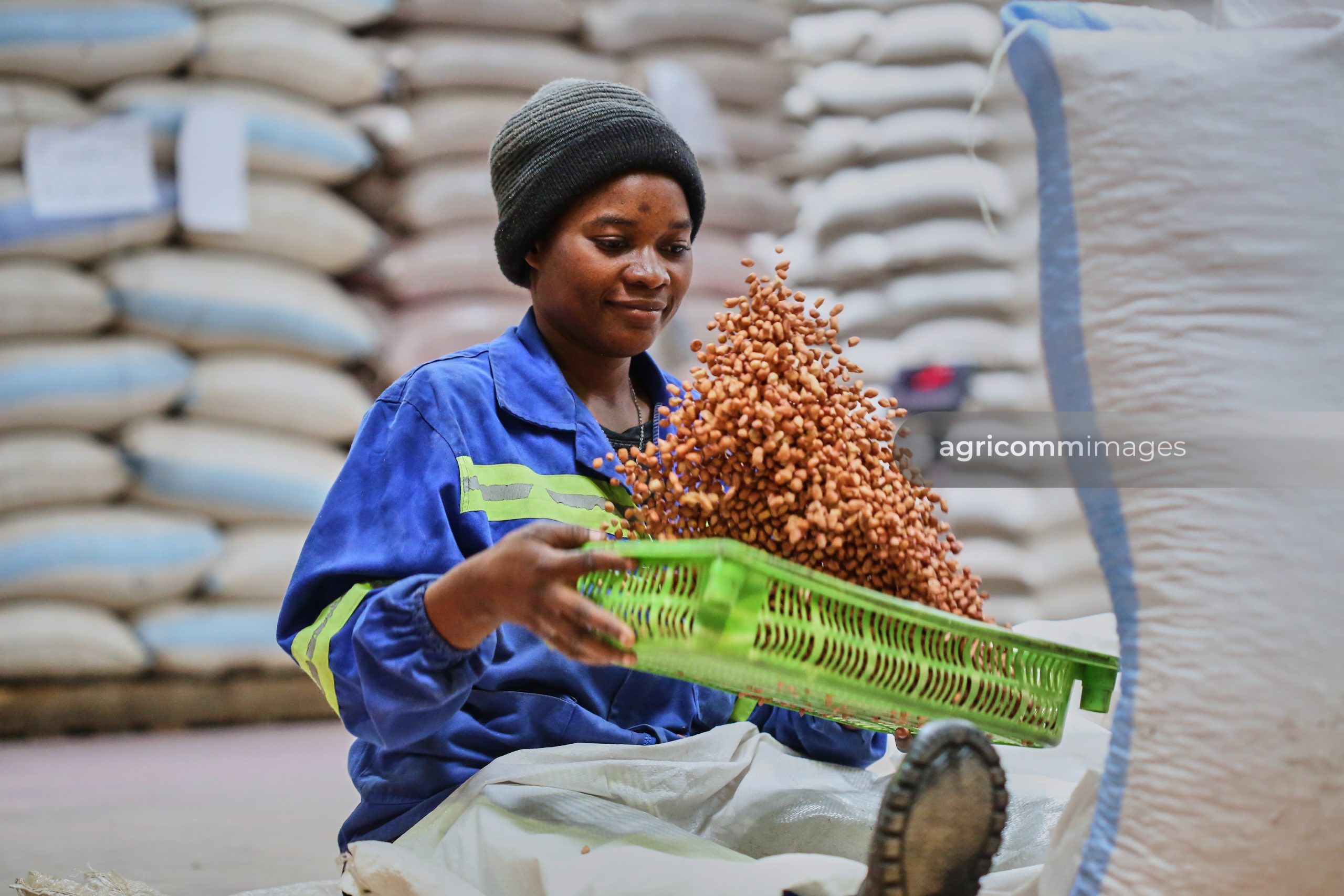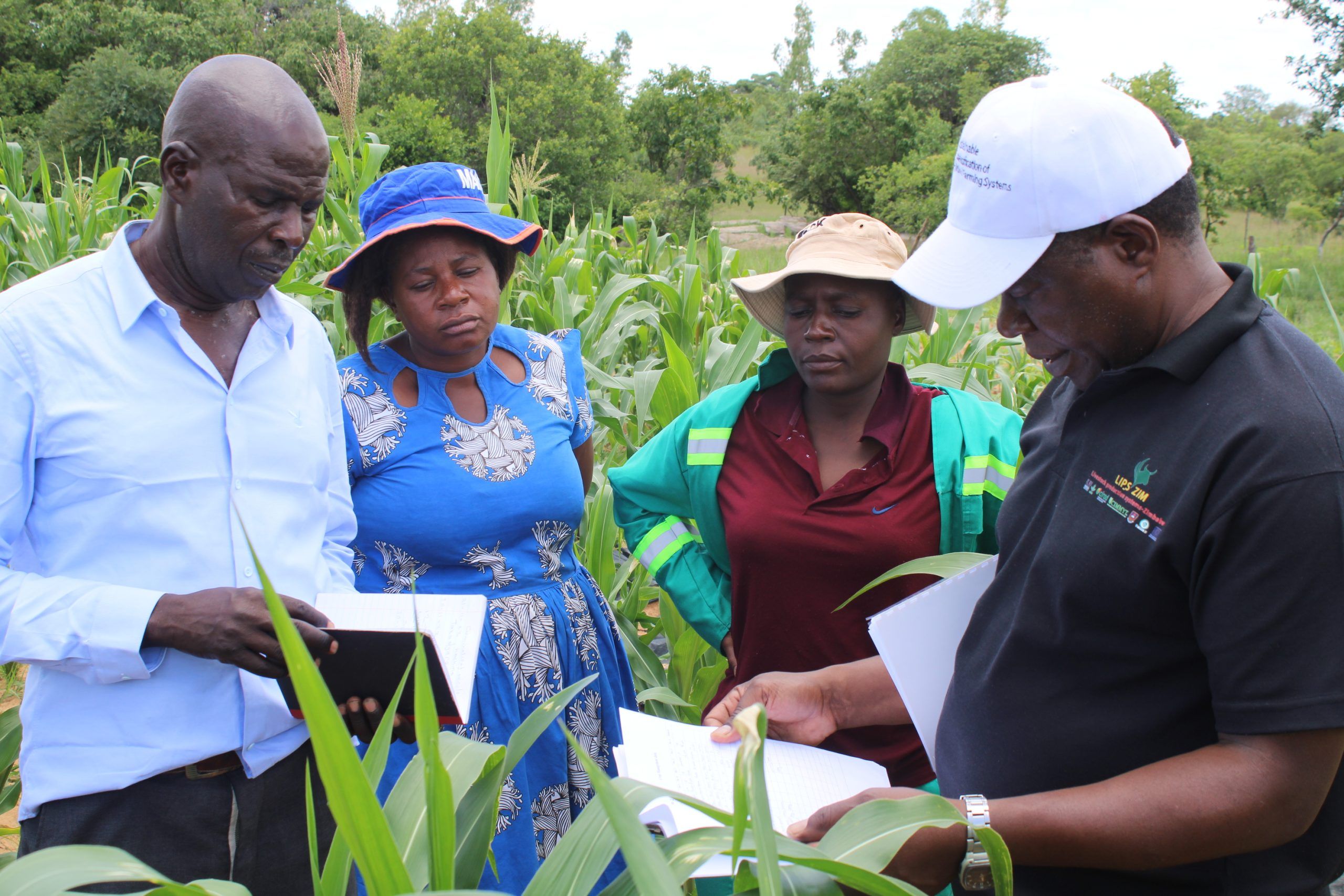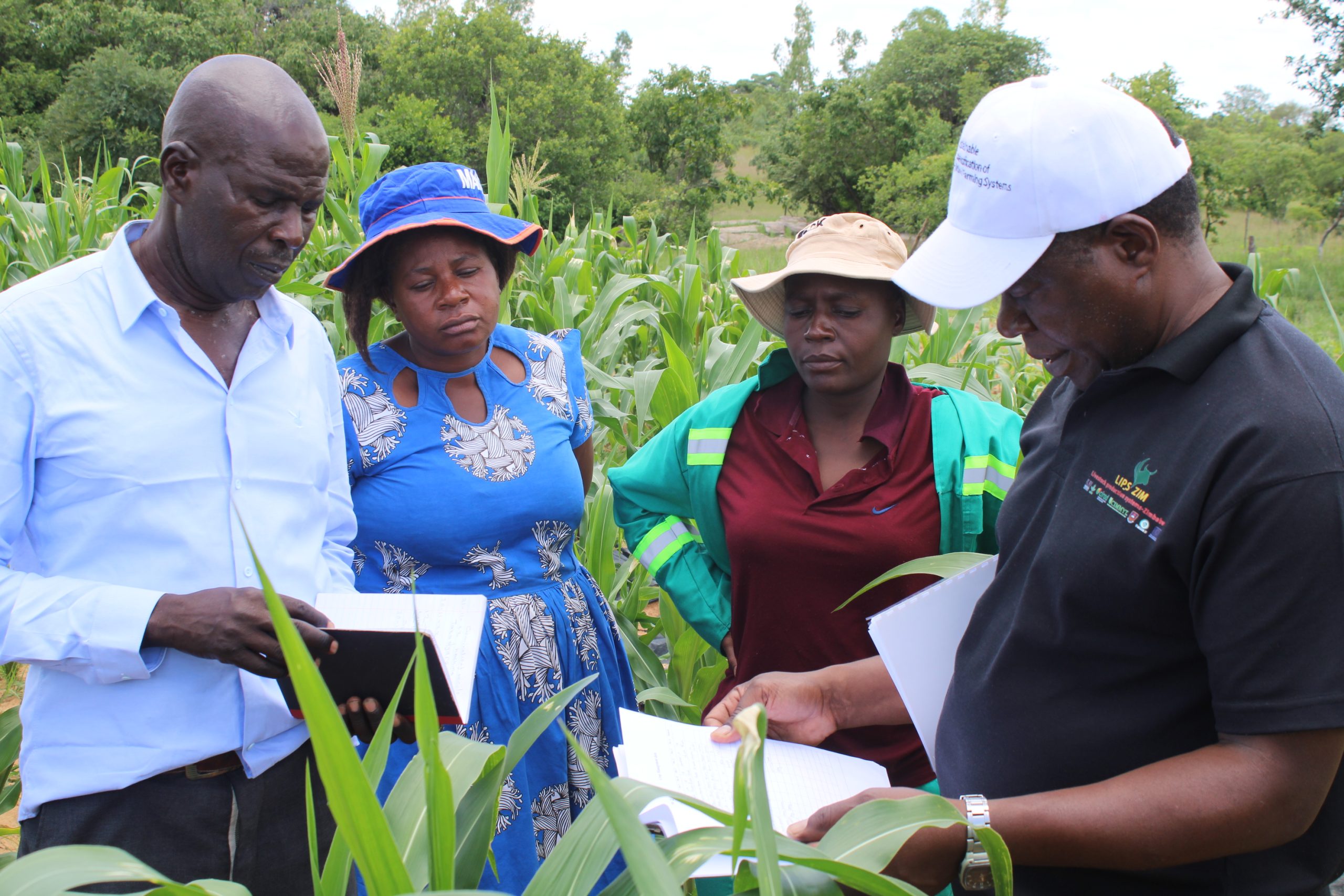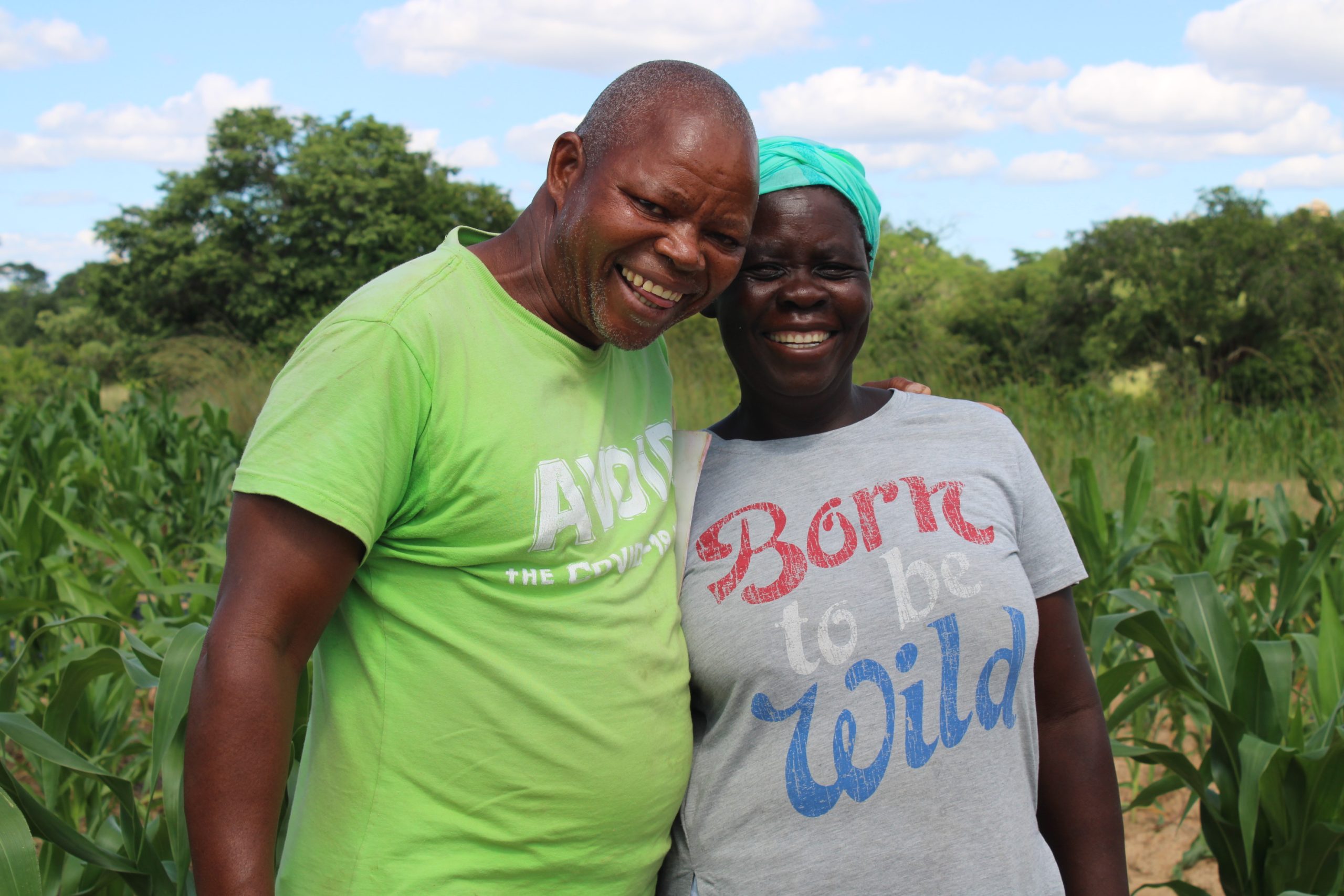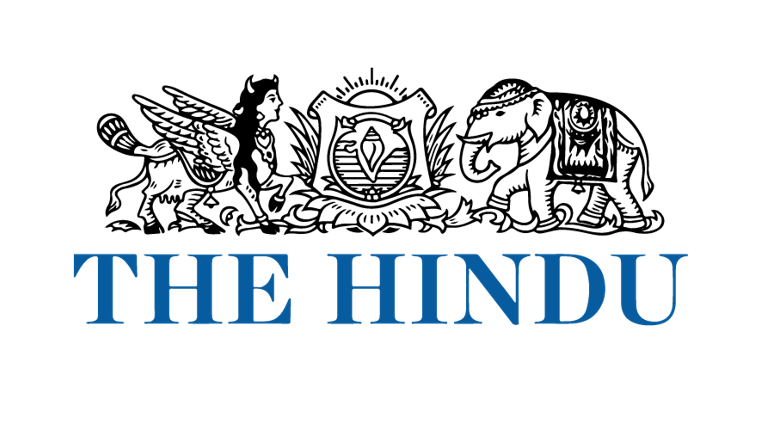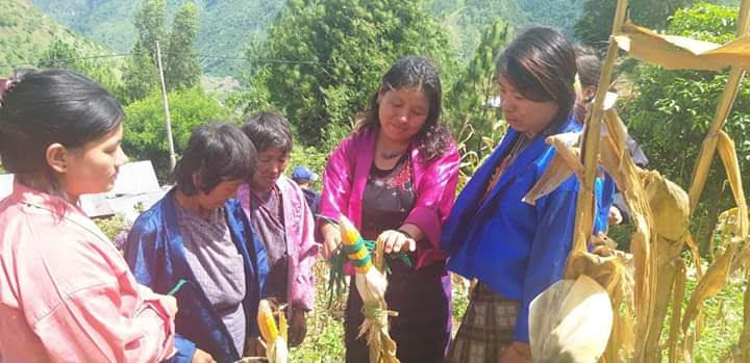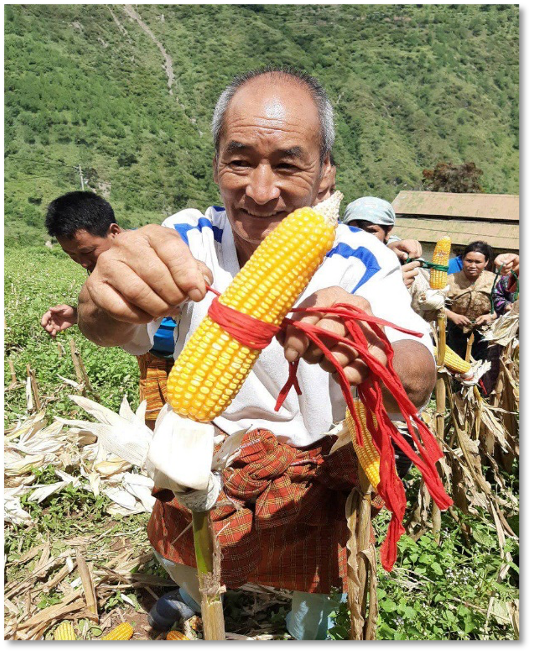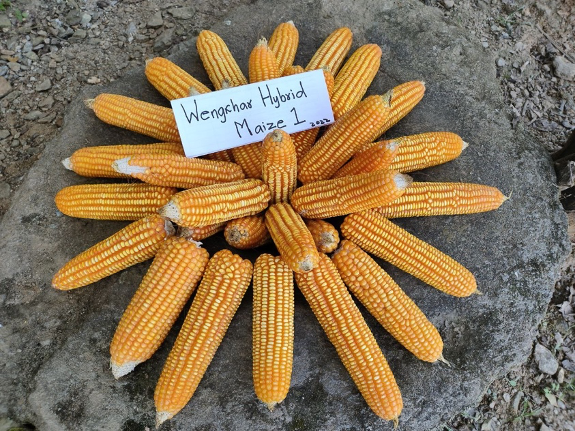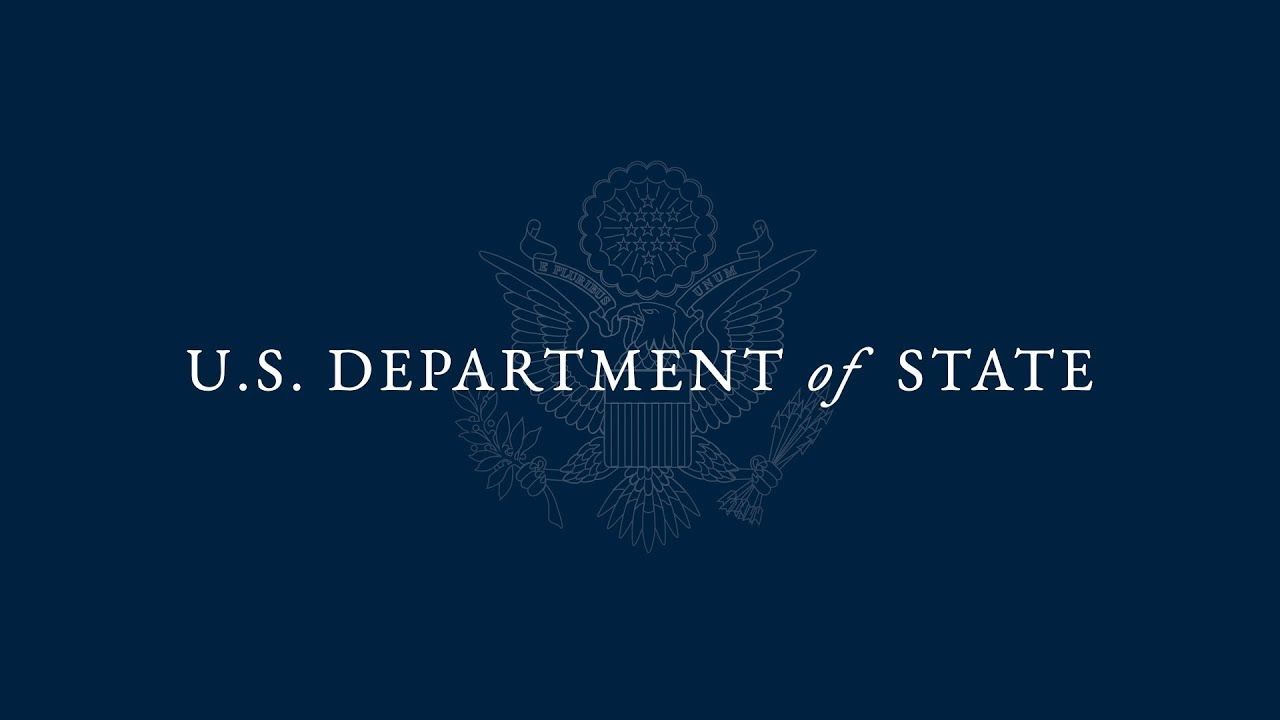IMIC-Africa Field Day 2025: Where science meets collaboration to accelerate maize innovation in Africa

Every year, public and private sector partners participate at The International Maize Improvement Consortium for Africa (IMIC-Africa) Field Day for Southern Africa, a unique event that seeks to transform the maize sector. The 2025 field day, hosted at the University of Zimbabwe farm on April 9th, brought together an eclectic blend of partners from seven African countries, including long-standing collaborators and new entrants such as AMAC Seeds and Grow Trade Seeds. Moving beyond just showcasing key achievements and new germplasm to partners, the field day fostered critical and meaningful discussions and experience sharing among partners, from lab to farm.
By offering access to both early- and advanced-generation maize lines, the event was a critical intersection point where public and private players align to tackle the continent’s most pressing agricultural challenges. In addition, members have the opportunity to test their pre-commercial hybrids through CIMMYT-led multi-location trials, ensuring that the products are carefully evaluated across diverse agroecologies and for essential traits such as drought tolerance, pest resistance and high yield potential. It also provides an avenue for suggesting improvements to the demonstrations, ranging from labelling.
We took time to get a clear perspective from CIMMYT scientists, private and public sector representatives.
Q: How important is the IMIC-Africa Field day in addressing maize sector challenges?
“Success of breeding programs is hinged on injection of new genetics that drive gains. Developing high value inbred and donor lines is an expensive process and platforms such as IMIC Africa help reduce product development costs in maize breeding programs of the partners and reduce time taken to deliver solutions to farmers,” emphasized Aparna Das, Senior Technical Program Manager for the Global Maize Program.
“It is rare to get an opportunity to observe and select hundreds of lines in one location as it offers each participant an opportunity to see the performance potential of each line at a glance” said James Gethi, southern Africa Seed Systems Specialist and IMIC Africa southern Africa coordinator.
Mainassara Zaman-Allah, CIMMYT’s Country Representative for Zimbabwe, reflected on the core strengths of the consortium, “It has been 8 years since the launch of the initiative, and one of the core strengths of IMIC-Africa is its inclusivity. Whether from a national agricultural research institution, maize seed company or international agricultural research organizations, IMIC-Africa opens its doors for all involved in maize breeding for the African market. This diversity enables us to leverage a broad range of expertise and resources, to articulate the challenges faced by African farmers.”
Q: What impact have the maize lines had on breeding programs?
“We have seen major improvements in the vigor of materials displayed that open a new frontier for single cross hybrid varieties development” commented Oswell Ndoro from AMAC seeds, a new member of IMIC Africa, signalling optimism for the future.
Walter Trevisan, consultant for Helix Seeds, praised CIMMYT’s Zimbabwe scientists for their collaborative support in selections, “Thank you very much for this outstanding work! We sure appreciate the help of the CIMMYT Zimbabwe scientists in helping us with this task.”
Davison Chaingeni from ARISS, formerly DR&SS Zimbabwe, echoed this, “We continue to see value in getting more DH-based lines. We hope the vigor translates to yield.”
Q: Take us through on what was on offer in the field, where science meets need and demand.
“An array of 624 CIMMYT maize lines were on display, which consisted of 614 new lines from 4 different product profiles providing insights into the performance of different materials. The materials span early-, intermediate, and late- maturity groups to nutritious maize breeding pipelines. A critical component of the field display was trait donor lines where 5 lines were on display for selection. The traits donor lines on display were for drought, drought & heat and Low N & MLN tolerance. This comprehensive showcase enabled seed companies and NARS partners to make informed selections, tailored to their breeding needs,” Gethi explained.
Development of provitamin A-enriched maize (PVA) addresses one of the emerging challenges in combating hidden hunger and animal feed. He further adds, “On display were 126 lines originating from the PVA-enriched maize breeding pipeline. The efforts underscore CIMMYT’s commitment to address regional nutritional needs through targeted breeding initiatives.”

Q: What improvements would partners like to see moving forward?
Amsal Tarekegne, head of breeding at Zamseed Seed Company, pointed to a practical bottleneck, “It is a challenge understanding the pedigree information provided in the field book due to its length.”
Yet, the road ahead still demands refinement. Lubasi Sinyinda from Zambia Agricultural Research Institute (ZARI), one of the NARS partners in IMIC-Africa since its inception, noted, “I would like to see more fall armyworm (FAW) and heat-tolerant lines displayed.”
For new entrants like Petros Guveya of Grow Trade Seed company, navigating CIMMYT’s updated heterotic groupings was a challenge, underlining the need for improved orientation for first-time participants.
On the brighter side, Themba Mutuvira complimented the design of the fields by indicating they were easy to navigate through. “The fields were well labelled, and we had no challenges at all identifying the materials”
A living laboratory for Africa’s Maize future
The 2025 IMIC-Africa Field Day was not just an event, but a living laboratory of innovation, critique, and partnership. In the face of mounting climate pressures, pest threats, and nutritional gaps, such platforms offer a rare and invaluable opportunity for the maize breeding community to align, adapt, and accelerate. As IMIC-Africa evolves, the call from partners is clear: deepen inclusivity, enhance clarity, and continually refine the experience to ensure that each plot, each line translates into impact on the farm and food on the table. The future of Africa’s maize sector will be built not in silos, but in such collaborative spaces where science meets the lived realities of farmers and seed companies alike.
